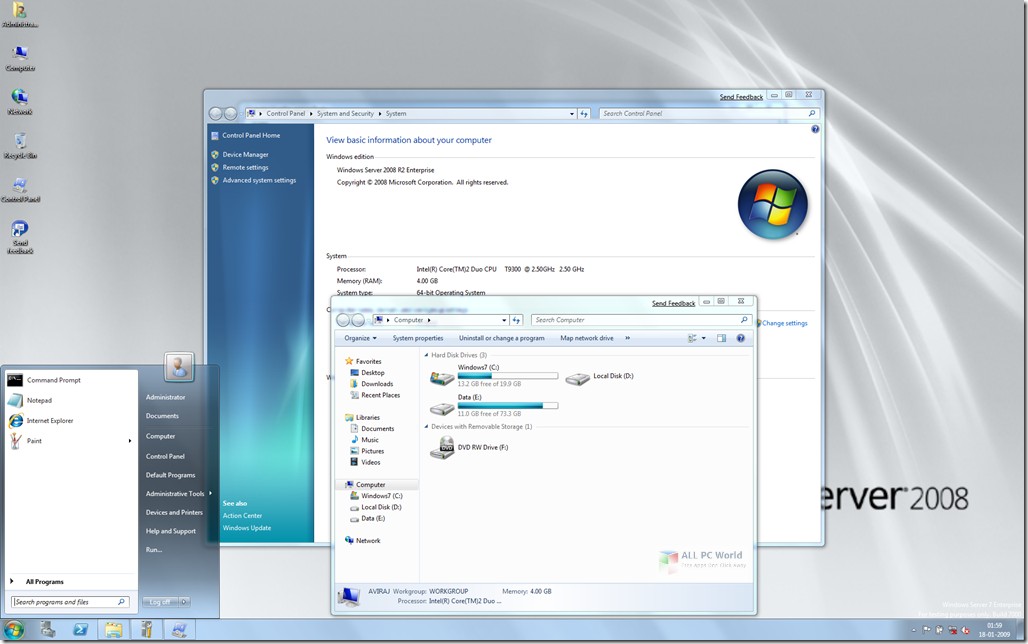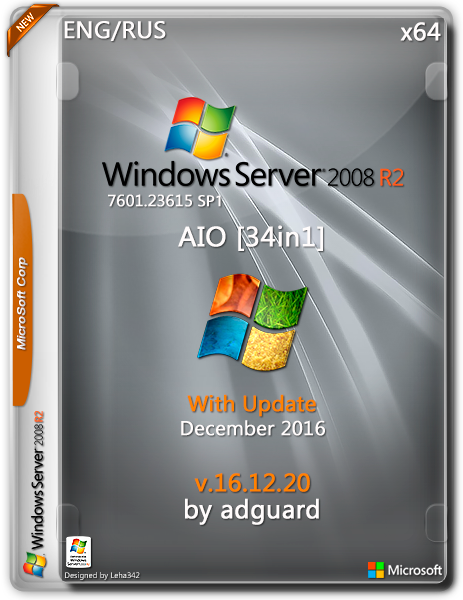

- Windows server 2008 r2 64 bits update#
- Windows server 2008 r2 64 bits Patch#
- Windows server 2008 r2 64 bits upgrade#
- Windows server 2008 r2 64 bits software#
I hope now that you feel much for comfortable with the release nomenclature that Microsoft adopts for some of its enterprise products.
Windows server 2008 r2 64 bits upgrade#
Question: Does an upgrade from Windows Server 2008 Release to Manufacturing (RTM) to Windows Server 2008 R2 require a new license and activation key?

We have to pay for the server license, and we have to pay for CALs to legally provide our users access to the server. As you know, Microsoft product licensing can get expensive very quickly. R2 releases do not require administrators to purchase upgrade client access licenses (CALs). To get to the kernel (pun intended) of the issue, R2 in Windows Server 2008 means “Release 2,” and the primary reason why Microsoft uses the R2 nomenclature as opposed to revising the major product version is as follows: As John Lennon said, “Whatever gets you through the night, it’s all right.” 🙂 However, a service release is somehow different and more stable than a service pack.”Īh…okay. In other words, the party line is “I’m afraid to apply a service pack because I’m concerned the code will break my systems. Yet other administrators speculate that Microsoft calls service releases R2 as a psychological factor for systems admins.
Windows server 2008 r2 64 bits update#
The R2 update here made no kernel-level changes to the OS, but instead focused on code fixes and new utilities.īy contrast, Windows Server 2008 R2 most certainly contains kernel-level changes, the most significant of which deals with the operating system’s 64-bit-only nature. This isn’t true in any consistent manner, at least as far as Microsoft is concerned. Some administrators believe that a change to the operating system kernel code denotes the service release distinction. We might create a preliminary definition of the service release as a rollup of all previous service pack code, along with, again, performance boosters, bug fixes, and new features/add-ons. We can informally define a service pack as a rollup of all previous hotfixes since the previous service pack, along with some extra code to buff up performance and perhaps add some new features. Specifically, a service pack consists of the following three properties:īecause service packs encompass a much larger scale than a hotfix or hotfix rollup package, the application of service packs tends to require much careful Q/A testing by systems administrators before they are installed on production systems.
Windows server 2008 r2 64 bits Patch#
Whereas Microsoft creates hotfixes immediately to address 0-day exploits and releases them monthly during their normal patch cycle, service packs represent more significant updates to a Microsoft product. That said, Microsoft does release hotfixes every month (the second Tuesday to be more specific this is affectionately referred to as “ Patch Tuesday”) that apply to all operational Windows systems in the wild. Rather, hotfixes are generally intended for systems in which a particular problem rears its ugly head. It bears mentioning that, in general, all Windows systems administrators are not asked to apply a Microsoft hotfix.
Windows server 2008 r2 64 bits software#
Service Pack ^Ī hotfix (also called a patch) is a code module that is developed to address a single flaw in a software product. To that end, I hereby make it my mission in this blog post to untangle the thorns and get us all to the same plane of understanding. In my opinion, Microsoft has historically been a wee bit less than clear on these points.


 0 kommentar(er)
0 kommentar(er)
